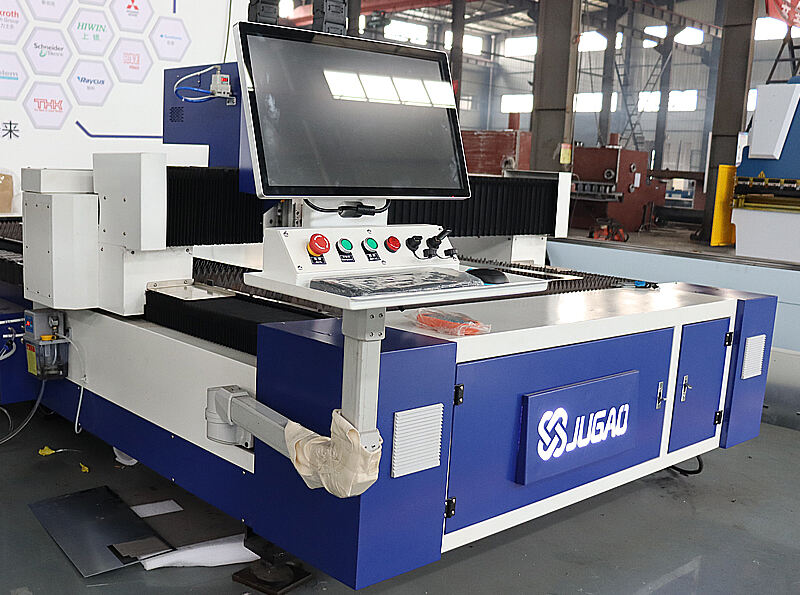Laser cutting is a method to shape items out of metal. When a laser cuts or marks metal, it enlists the help of a special gas. This gas is referred to as a laser assist gas. Laser assist gases are crucial, because they determine how the metal looks after cutting. Now let’s see how these gases are useful on metal surfaces.
How Laser Assist Gases Help
Laser assist gases are to clear away the melted metal that is generated when cutting. This fiber laser cutting machine ensures that the cut is clean and crisp. Various gases may be employed, such as oxygen, nitrogen and argon. Different gases have distinct qualities that alter the appearance of the metal’s surface.
The Influence of Gases on the Process of Metal Cutting
The particular laser assist gas type, can alter the way in which metal is cut. For instance, thicker metals are typically cut with a faster laser cutting table action so oxygen is typically used. But the oxygen will leave a layer on the metal that may not be aesthetically pleasing. Nitrogen is a clean gas which is good for cutting thin metals to get them smooth.
Selecting The Proper Gas For Optimum finishes
Choosing the correct laser assist gas is crucial to a good metal finish. With the right gas for each metal, companies can ensure the end product looks sleek and polished. Using argon, for instance, can prevent oxidation, allowing the metal to remain slick and shiny.
Increasing the Yields of Laser Cutting
For optimum aluminium laser cutting results, it’s important to select the best gas for the job. With the right laser assist gas, the cutting process can be accelerated while the quality of the metal surface can be enhanced. The right gas to use is the key to achieving precise, correct cuts that meet the requirements.
Better Surfaces With Gas Control
In addition to choosing the right gas, it’s important that the gas is carefully controlled during the cutting process and in the cutting zone. By playing with the amount of and the force with which the gas is shot up through the tube, companies can ensure that the metal is cut in a neat line. Good gas control helps eliminate spattering and make the metal surfaces flatter.



















































